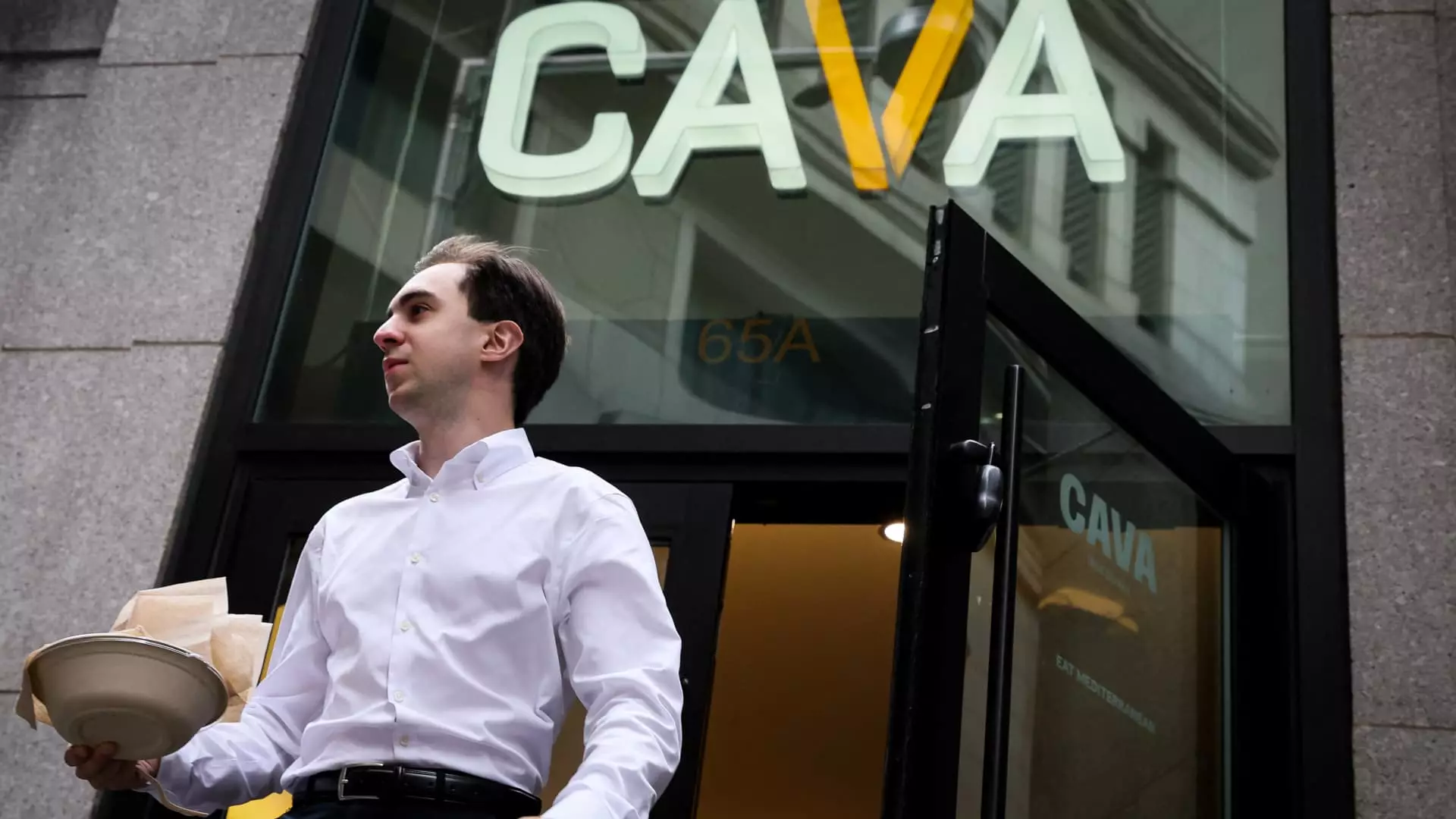The Critical Power of Loyalty Programs in a Frustratingly Uncertain Economy: A Double-Edged Sword

In an age where economic jitters cause consumers to tighten their purse strings, restaurant chains are increasingly banking on loyalty programs as a lifeline. While these schemes are often celebrated for fostering customer retention and boosting sales, a deeper analysis reveals that their effectiveness isn’t as straightforward as industry cheerleaders suggest. Many brands tout loyalty as the secret to surging profitability, but the reality is more nuanced. In fact, these rewards systems may be creating a cycle of superficial engagement that ultimately does little to address the core issue: declining consumer spending and skepticism about value.
Loyalty programs are, at their best, a marketing salve, encouraging repeated visits through discounts or perks. However, the desperation of numerous brands to adapt to uncertain times exposes a fundamental flaw. They are increasingly deploying elaborate point systems, limited-time offers, and gamification tactics not necessarily because they authentically foster loyalty, but because they feel compelled to try something—anything—that might stem the tide of declining foot traffic. The true danger lies in conflating transactional incentives with genuine relational loyalty, risking a superficial game of bait-and-switch that may erode consumer trust over the long-term. For many shoppers, loyalty programs become a fleeting distraction rather than a meaningful connection, especially when the introductory benefits diminish or are replaced by complex tiers that confuse more than attract.
The Illusion of Increased Engagement: Do Rewards Drive Genuine Patronage?
Data points promoted by industry insiders often paint a rosy picture: loyalty members visit more frequently, spend more, and ultimately become the backbone of sales. Starbucks, for example, reports millions of active rewards members and claims over half of its transactions come from these loyal patrons. This sounds promising, but these figures tend to mask a critical question—are the increased visits truly driven by genuine loyalty, or are they simply a product of aggressive incentivization? It’s tempting to assume that loyalty programs conclusively lead to better customer retention, but the key issue remains: are consumers merely racking up points to chase free items, or are they developing a brand affinity that extends beyond discounts?
Moreover, this reliance on transactional loyalty might foster a false sense of security. Glassdoor employee reviews and managerial insights suggest that many programs are more about short-term sponge-like behavior than fostering lasting emotional ties. Brands like Chipotle and Cava have embraced innovative approaches—Cava’s creative reward structures and Chipotle’s seasonal campaigns—yet these efforts may merely temporarily spike engagement rather than generate sustained loyalty. The risk is that loyalty driven mainly through freebies or gamification tends to create a cycle of dependency, where customers only visit when there’s a perceived reward, rather than cultivating genuine appreciation for the brand.
Costly Gambles and Fragile Benefits: Are Freebies Truly Worth the Price?
Implementing expansive loyalty programs entails significant costs. Offering free items, discounts, or bonus points requires substantial marketing budgets, and when profit margins are already razor-thin, this design can backfire. While brands like Potbelly and Sweetgreen report encouraging results, the short-term success taps into a deeper concern: are these freebies sustainable? The industry has already seen instances where promotions lead to temporary spikes but fail to convert casual visitors into repeat customers without ongoing incentives.
Notably, Starbucks’ decision to remove its reusable cup bonus was controversial, but the company claimed participation remained steady. Such moves reveal an awkward truth: the perceived value of these reward incentives is often fragile, easily manipulated by competitors or market conditions. Over-reliance on freebies risks creating a hollow loyalty—consumers may show up for free items but little else, and when the promotional push ends, their commitment diminishes. Furthermore, these programs swallow profitability that could otherwise be directed toward quality improvement or broader strategic investments—investments that might actually foster long-term loyalty.
Disruption and Rethink: Are Loyalty Programs Evolving for Better or Worse?
In response to these limitations, some brands are innovating their approaches—Cava’s revamped program offers more flexibility and surprises, while Portillo’s uses a simple digital wallet with badges rather than complex apps. These moves suggest a recognition that loyalty programs must be genuinely engaging, simple, and aligned with consumer expectations in a volatile environment. Yet, even these reforms are more band-aids than cures, as they tend to focus on short-term engagement rather than cultivating authentic brand affinity.
The industry’s obsession with loyalty is understandable given the current pressures—declining traffic, squeezed margins, and an impatient consumer base. Still, there’s a risk that these programs are merely masks masking deeper issues: a lack of differentiation, inconsistent quality, or a failure to genuinely connect. If the industry keeps relying on the hope that freebies alone can ensure survival, it might find itself in a trap of perpetual short-term fixes, with diminishing returns and eroded trust.
The unwavering focus on loyalty programs as the salvation for fast-casual brands ignores the critical insight that meaningful loyalty cannot be manufactured through points or discounts alone. Building lasting relationships requires more than just transactional incentives; it demands authentic engagement, quality, and a sincere understanding of consumer needs. As foodservice brands jump from one promotion to another, they may be inadvertently reinforcing a weaker, more transactional customer relationship—a risky gamble in an economy that rewards genuine value over superficial tricks.





